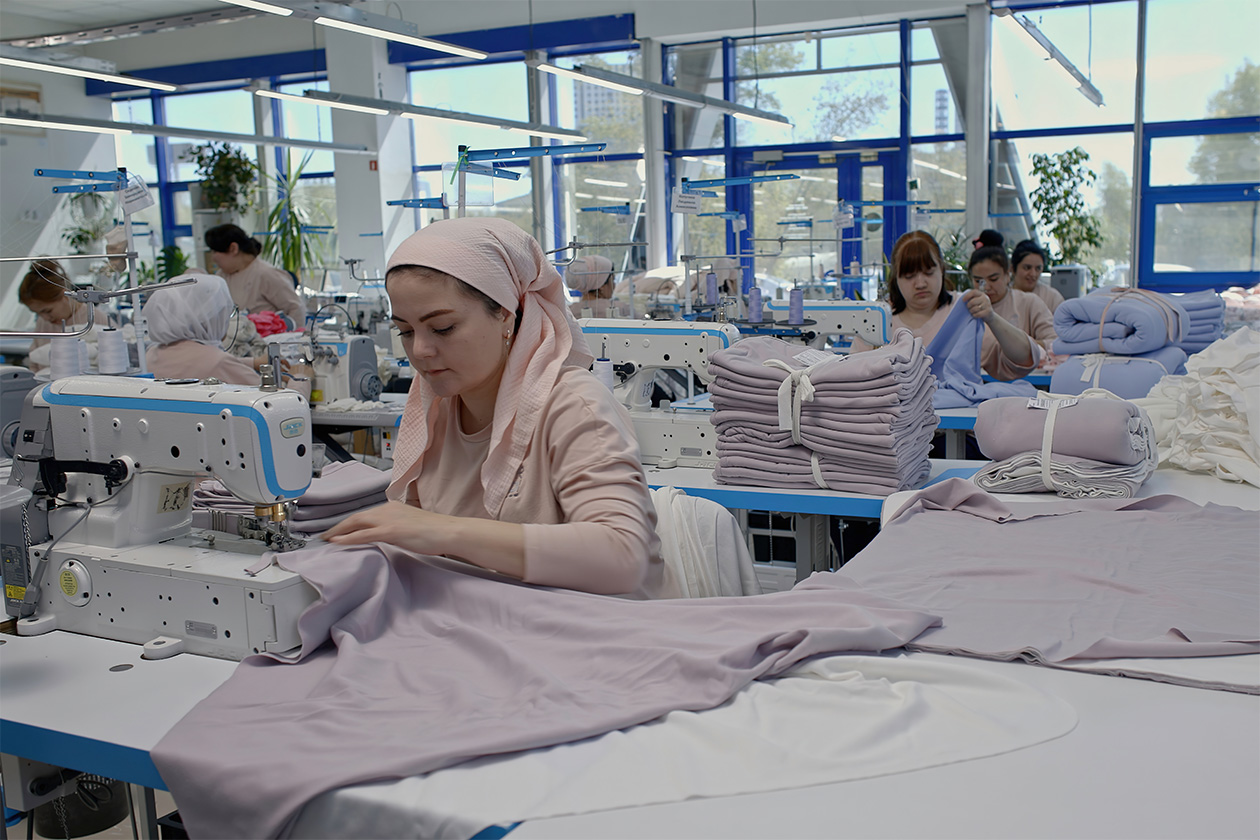
April 3, 2025
While the fashion industry’s growth may be slowing at the moment, it is still one of the largest economic sectors globally. In 2021, the global fashion industry was estimated to be worth between $1.7 and $2.5 trillion and employs over 300 million people—comparable to other major sectors like the auto industry, which brought in $2.2 trillion globally in 2024 and employs around 9 million people. The accelerated changes the sector has experienced over the last two decades—through both the 2008 recession and the COVID-19 pandemic—have further propelled the rise of “fast fashion” and new models of production and sales that quickly produce on-trend items at a low price point. The contexts, characteristics, and impacts of these models, while not wholly new to the industry, appear to have garnered the attention of stakeholders and elected officials in recent years. This includes state policymakers in the US that have introduced legislation to address the fashion industry.
The research here explores recently proposed and enacted state-level legislation pertaining to the fashion industry in an effort to identify what aspects of the industry policymakers are focusing on and how they are attempting to address them through law. In particular, it considers policy efforts in California, New York, and North Carolina during the 2023–24 legislative sessions. These three states represent critical hubs in the US fashion industry landscape, though each in a different distinct role. The findings here highlight the most frequently addressed aspects of the industry in each state’s recent legislative efforts and offer a basis from which to continue to monitor state-level policy trends that are in vogue.